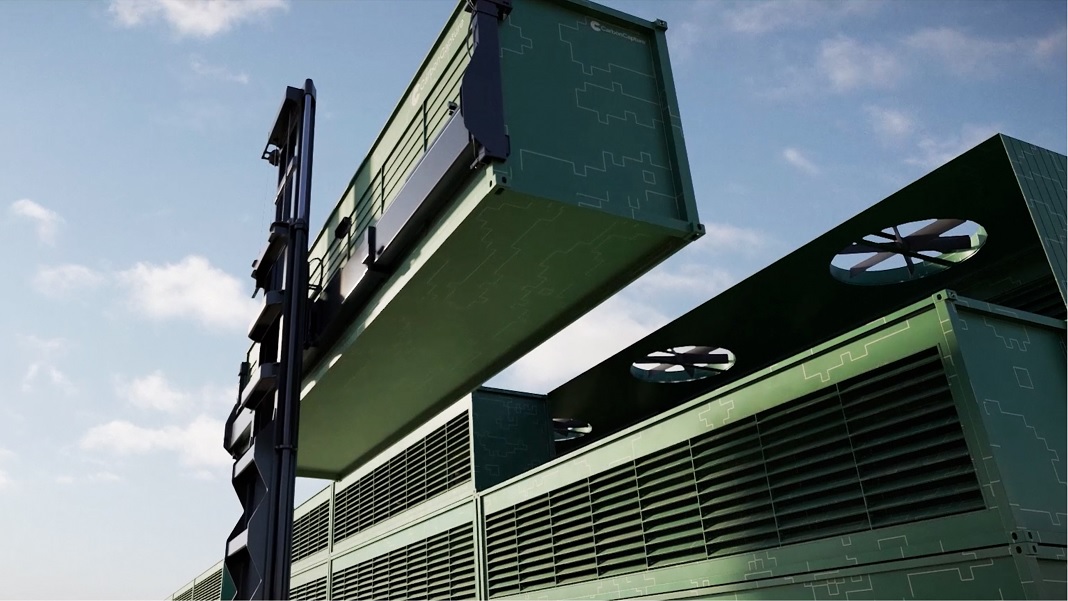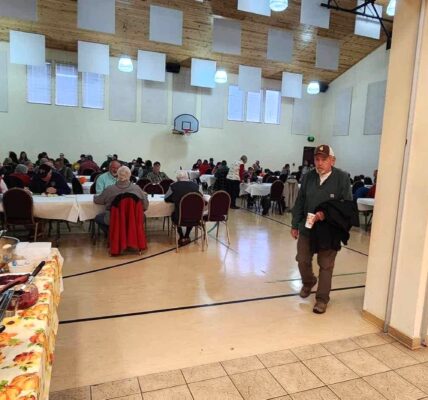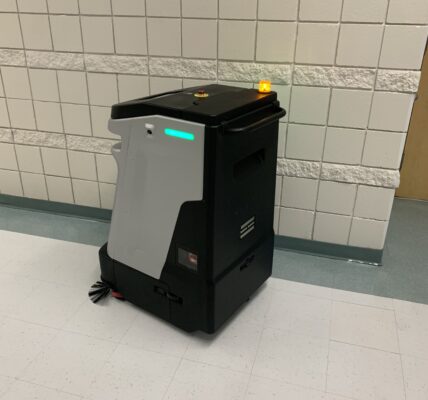Capturing carbon: Wyoming pilot program may net multi-million dollar Department of Energy grant

By Zak Sonntag
Casper Star-Tribune
Via- Wyoming News Exchange
CASPER — The Department of Energy last week announced a funding invitation for a select set of carbon capture projects at the forefront of climate solutions — including a potential $49 million award to TDA Research Inc. for a large-scale pilot project at the Integrated Test Center near Gillette.
The project’s selection highlights Wyoming’s growing role in the nation’s climate agenda and a sign that leaders see Carbon Capture and Storage technology as a vital component of the energy transition.
It marks the latest infusion of a massive $937 million federal earmark set aside by the Bipartisan Infrastructure Law, which administrators aim to deploy to the double effect of reaching net zero while gaining an economic edge.
“This program aims to increase U.S. manufacturing competitiveness in the global transition to a clean energy economy,” Director for the Office of Clean Energy Demonstrations Kelly Cummins said during a press call. “By demonstrating advances in CCS technology in the U.S., we can increase our global competitiveness as other countries look for technology solutions that can help them achieve their own decarbonization goals.”
TDA now enters negotiations to secure a multi-million dollar grant for the construction of a large scale pilot project to show its point source capture system is able to efficiently reduce carbon emissions from coal-fired power plants. The project will be built at the ITC and draw on direct flue gas from the adjacent Dry Fork Station.
The technology consists in a series of “absorption beds” that use metal and salt compounds to separate CO2 from flue gas. The process has been researched in laboratory settings since 2019. Now it seeks to make the critical jump to large scale functionality in a real world setting.
The TDA grant invitation comes in tandem with other carbon capture projects whose awards could total as much as $304 million.
Other selectees include the following:
- The Cane Run Generating Station in Louisville, Kentucky, which seeks to scale a capture technology developed at the University of Kentucky at a natural gas plant to produce “beverage-grade CO2” used in soft drinks.
- Vicksburg Containerboard Mill, in Vicksburg, Mississippi, which aims to scale a carbon capture technology tailored to pulp and paper mill production with the goal of sequestering the CO2 underground.
- Big Spring Refinery, Big Spring, Texas, which hopes to prove up a post-combustion carbon capture process at Delek’s Big Spring Refinery Fluidized Catalytic Cracking Unit and transport the CO2 via existing pipelines for permanent storage.
All told, the projects have the potential to capture as much as 500,000 metric tons of CO2 emissions annually — or the equivalent of the emissions from 110,000 gasoline-powered cars — with the larger goal to encourage broad adoption for mass-scale emissions reduction.
Before grants can be awarded, recipients must submit a Community Benefits Plan, a stipulation designed to enhance project transparency and broaden community involvement. CBP is a requirement for companies to “ communicate with stakeholders and engage with the local community to make sure that they’re aware of everything going on with the project, and being really transparent,” said Christine Reed, communications director for the School of Energy Resources, who collaborated with the University of Wyoming to create a “CBP Toolbox“ for projects seeking DOE grants.
“It’s to make sure that tribal nations or any communities that will be disproportionately affected by energy development projects are at the table and are constantly consulted,” she said.




